Last update images today Petite Office Desk Chair












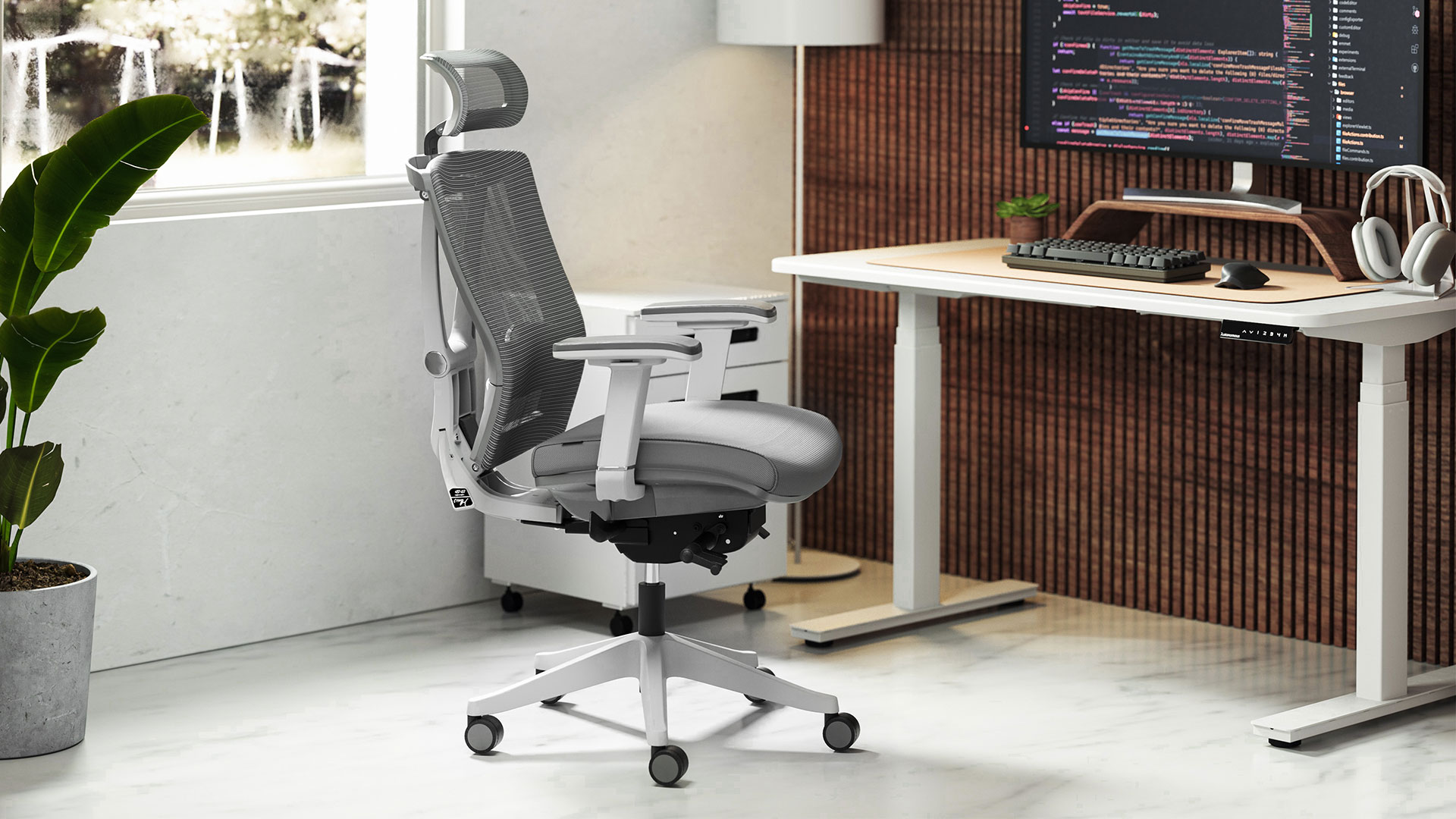












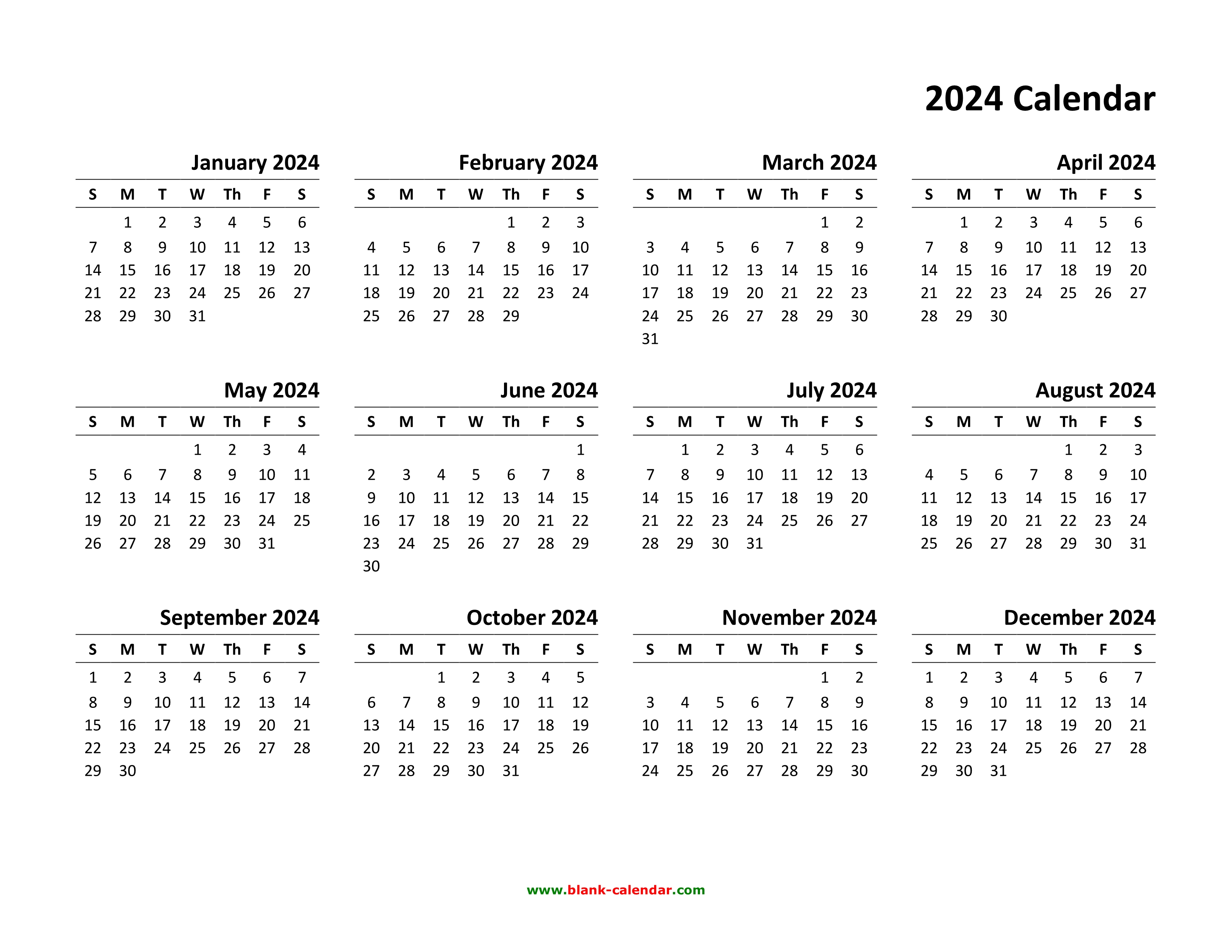

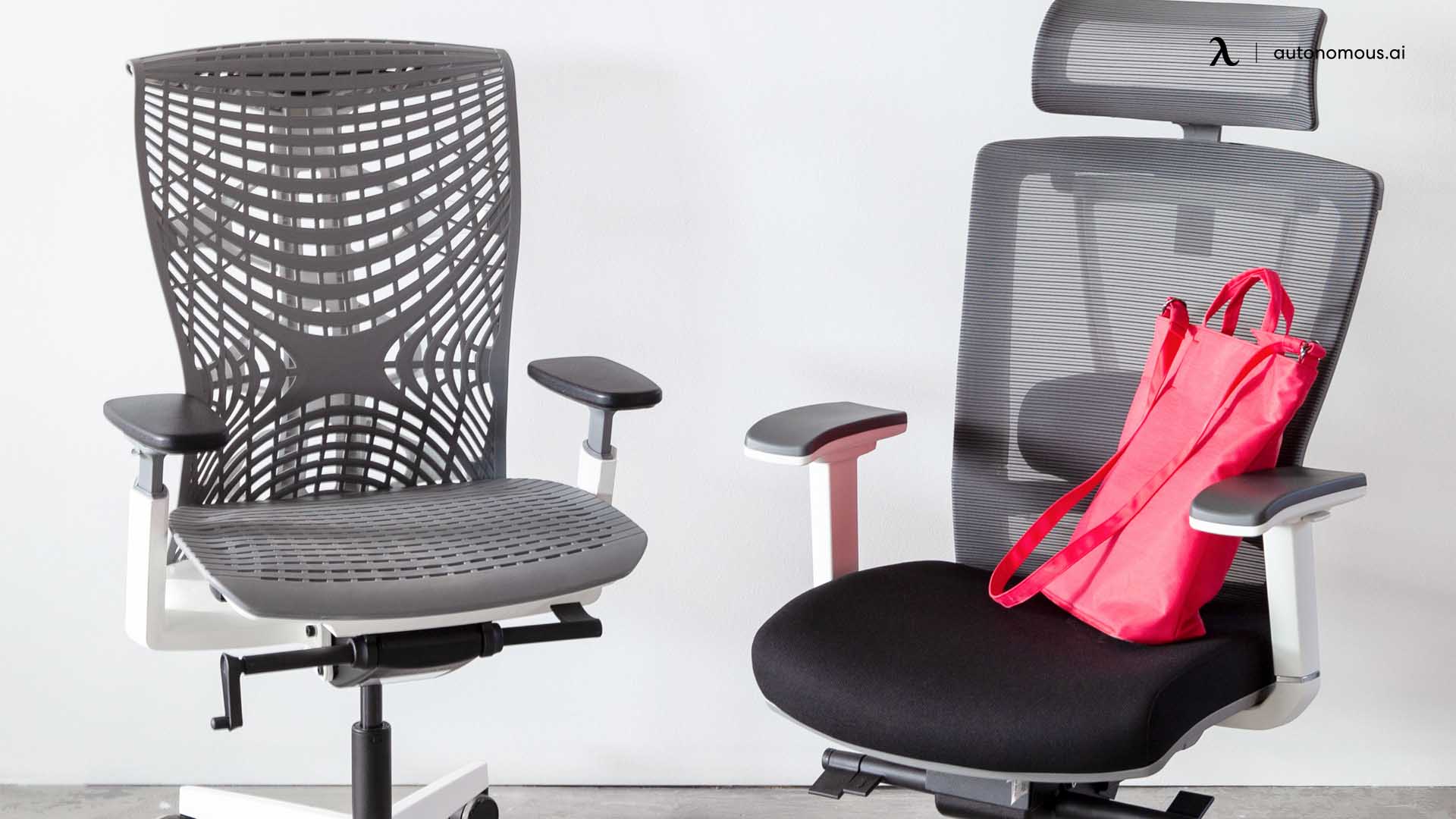
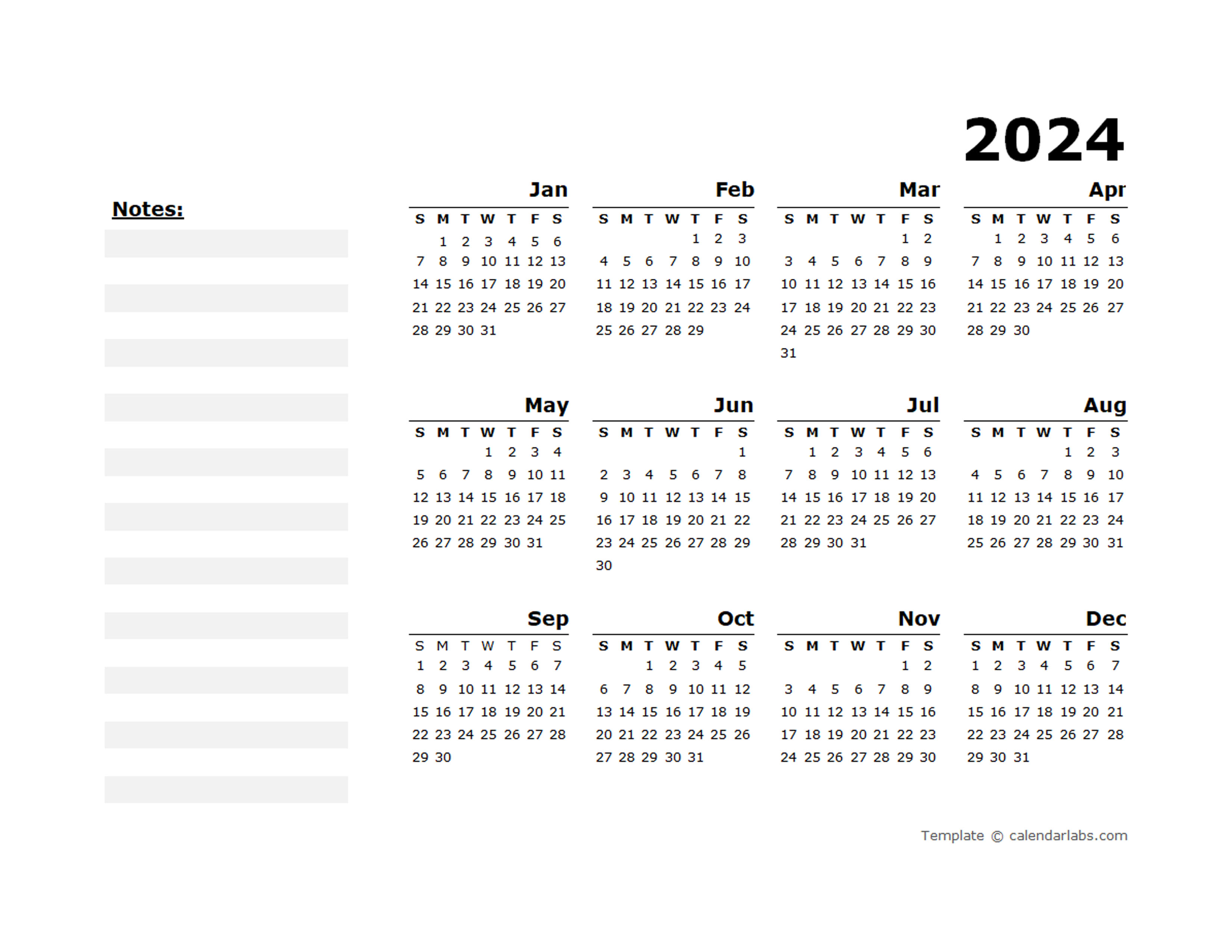


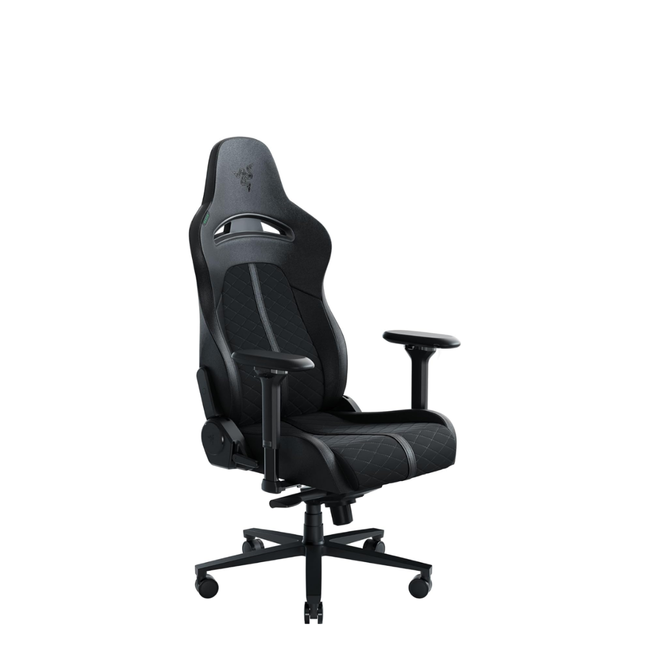


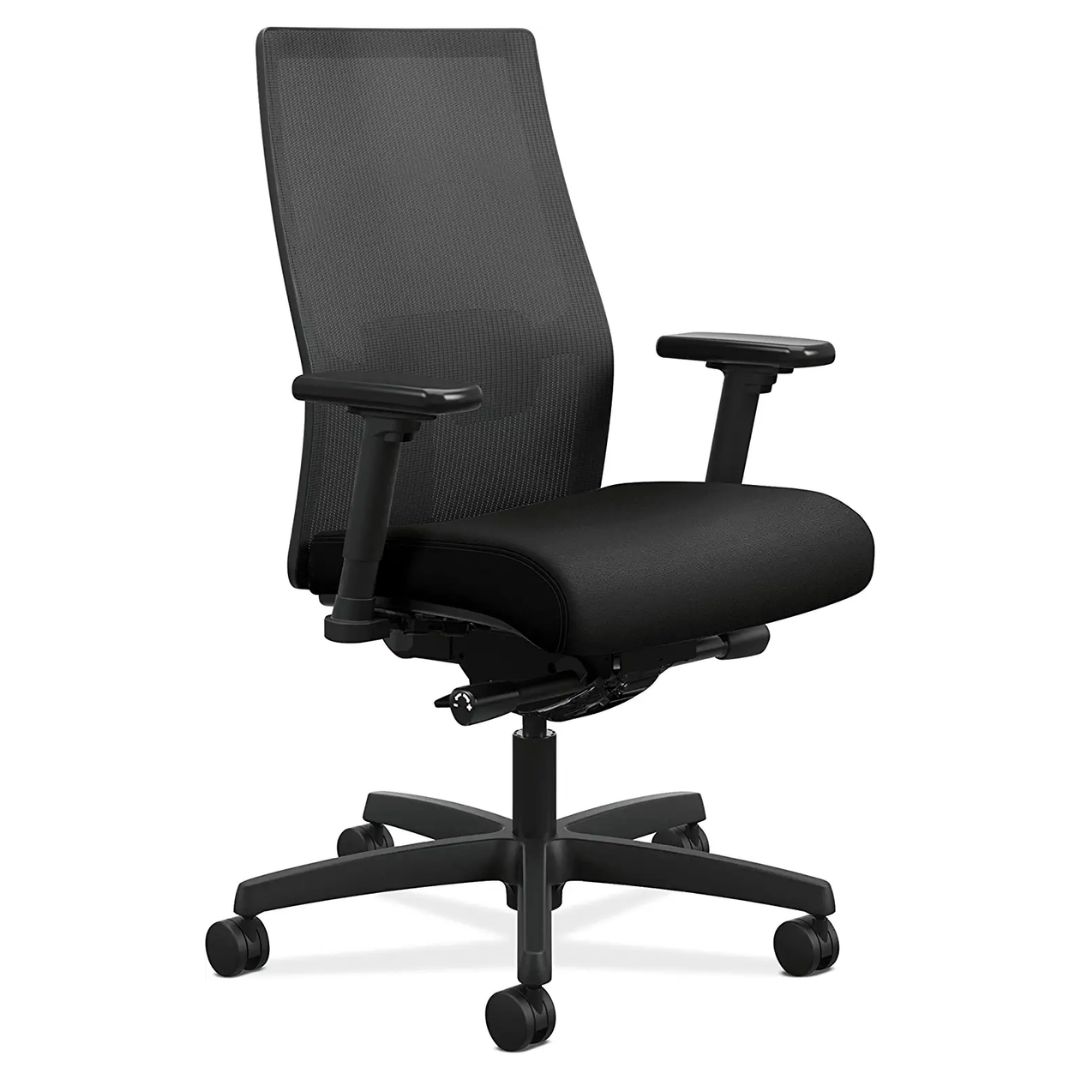
https www blank calendar com download yearly 2024 2024 yearly calendar blank design jpg - 2024 Year Calendar Yearly Printable 2024 Calendar Templates And 2024 Yearly Calendar Blank Design https cdn autonomous ai static upload images common upload 20221004 Office chairs thumb34bba00eff jpg - The Best Office Chairs Of 2023 Autononomous Ai Office Chairs Thumb34bba00eff
https cozyseating com wp content uploads 2022 05 Best Office Chair For Plus Size People jpg - 8 Best Office Chair For Plus Size People 2024 Best Office Chair For Plus Size People https m media amazon com images I 41oDAw01wrL jpg - Best Desk Chairs 2024 Totally Reviewed 41oDAw01wrL https m media amazon com images I 61i38yP5aeL jpg - Calendar 2024 Desktop Luci Simona 61i38yP5aeL
https i ytimg com vi BDCPHonwee0 maxresdefault jpg - Best Standing Desks Of 2024 Rise To Productivity YouTube Maxresdefault https i pinimg com 736x 3f 87 ea 3f87ea58029c5b7cdeafcae38e505b2d jpg - Minni S Desk In 2024 Small Office Space Design Work Office Decor 3f87ea58029c5b7cdeafcae38e505b2d
https i ytimg com vi gl5Dd av0dM maxresdefault jpg - Best Standing Desks 2024 Who Is The NEW 1 YouTube Maxresdefault